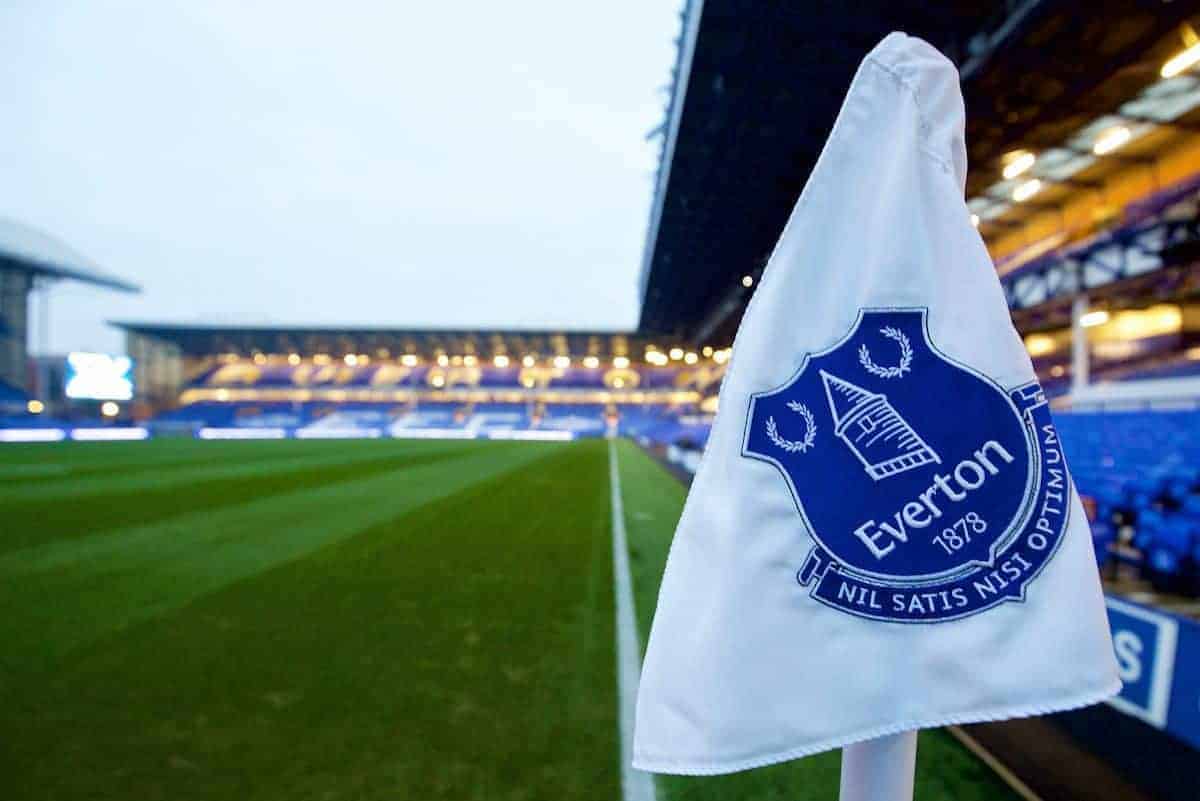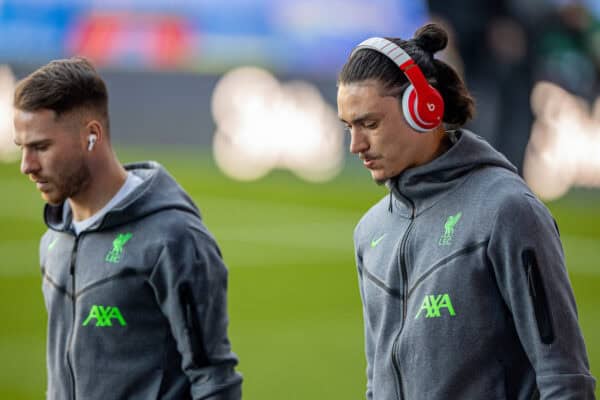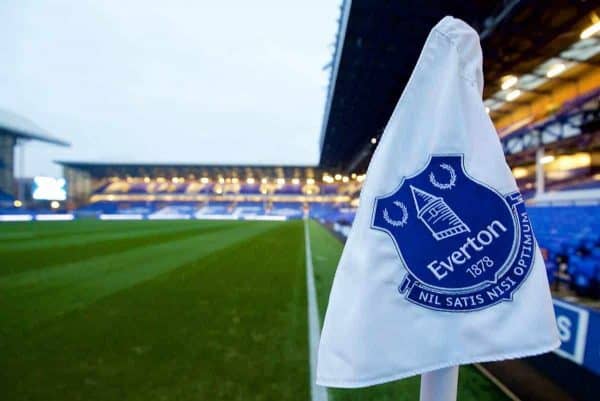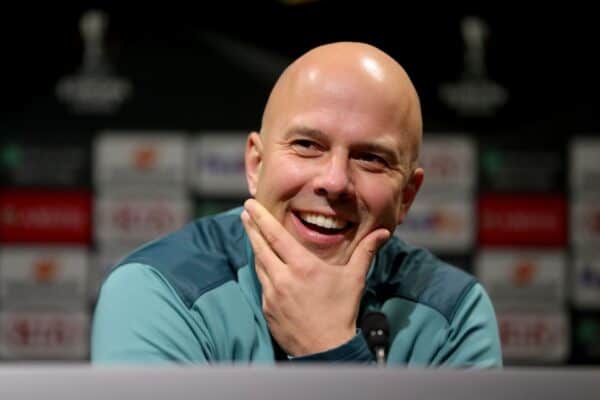Gavin Cooney takes a tactical look at Liverpool’s 1-1 draw with Chelsea at Stamford Bridge on Sunday afternoon.

Starting Line Ups
Liverpool: Jones; Wisdom, Carragher, Agger; Johnson, Allen, Sahin (Suso 60), Gerrard, Enrique; Sterling, Suarez.
Having been criticised by some for Liverpool being too open in the draw against Newcastle a week ago, Brendan Rodgers diverted from his favoured 4-3-3 formation to the 3-5-2 line up seen in the second half of the Mersyside derby in October. After being outplayed by Everton in the first half at Goodison, the switch to three centre backs reaped rewards as a more solid-looking Liverpool team controlled the second period.
Rodgers, wary of Chelsea’s extravagant trio of Hazard, Oscar and Mata elected to field three centre backs (Wisdom, Carragher and Agger) along with two wing backs (Johnson and Enrique). While extremely gifted attackers, neither Hazard nor Mata offer traditional width to Chelsea’s attack. Rodgers was clearly more concerned about Chelsea’s threat through the middle, as along with three centre backs, Nuri Sahin played a deeper role alongside Joe Allen.
Steven Gerrard, Luis Suarez and Raheem Sterling played as a fluid front three. Rodgers’ selection was arguably the most reactive line-up he has selected this season. Chelsea, meanwhile, lined up in a familiar 4-2-3-1 formation. John Terry and Branislav Ivanovic were at centre back, flanked by youngsters Ryan Bertrand and Cesar Azpilicueta. John Obi Mikel and Ramires made up the engine room in midfield, while Fernando Torres started in front of the three playmakers. This was a formation that worked well against Chelsea in February 2011, when Kenny Dalglish selected Carragher, Agger and Martin Skrtel to deal with Chelsea’s newly formed strike force of Torres and Drogba.

System Failure
Ultimately, the 3-5-2 formation failed. Offensively, Liverpool posed little threat. The attacking three of Gerrard, Suarez and Sterling played quite narrow, meaning Liverpool’s width was offered by Johnson and Enrique only. Ramires and Mikel were happy to sit deep, breaking up Liverpool’s attacks. A tactic used quite often this season has been for Suarez to drop deep from his central role to collect the ball, and then to turn the defender to set up an attack. This tactic of a central striker dropping deep, receiving the ball, turning and setting up an attack has been mastered by Lionel Messi and Barcelona. It has been quite productive for Liverpool this season also, but was ineffective here. Frequently, Suarez dropped off to receive the ball, only to be dispossessed by Ramires and/or Mikel. Chelsea’s durable midfield duo were the bedrock upon which Chelsea’s first half dominance was built.
Naturally, if one is confronted by an immovable object that can’t be penetrated (in this case Ramires and Mikel); the best alternative is to go around the object. That tactic failed also, as Liverpool’s width was provided solely by Enrique and Johnson. Rodgers may have missed a trick here. Chelsea’s greatest weakness was their inexperienced full backs, Bertrand in particular. Given that Mata and Hazard offer their full backs precious little defensive cover, there was a sense that Liverpool could exploit them. Frustratingly, it didn’t happen. While Azpilicueta coped admirably with Enrique, Johnson hardly took on Bertrand in the first half. As there was no width ahead of Enrique and Johnson, if they could not beat their man (which they rarely did), Liverpool’s wing backs were forced to pass it back into the centre, where Mikel and Ramires resumed their destructive roles. It resulted in all of Liverpool’s play being played in front of Chelsea, as the Reds failed to register a shot on target until the second half. Frequently, Joe Allen and the Liverpool midfield were dispossessed and caught out of position. (Joe Allen was dispossessed three times, more often than in any other game this season). But for poor finishing by Mata in particular, Liverpool would have been punished.
Chelsea take the lead
For the second consecutive league game, the opposition scored with their first effort on target. Regardless of systems and formations, this goal was due to sloppy defending. The fact that, on average, one of every seventy-odd corners in the Premier League results in a direct goal indicates how poor a goal it was to concede. The main culprit was Daniel Agger. It was he who was picking up John Terry, but as he attempted to follow Terry’s run to the front post, he was cannily blocked off by Ivanovic. This left Terry free to head home. Although the personnel were slightly different on this occasion, it was similar to Swansea’s first goal in the Cup defeat on Halloween night.
Rodgers Adjusts

On the hour mark, Rodgers was seen explaining instructions to Glen Johnson as he replaced the anonymous Sahin with Suso. Rodgers proved his in-game management credentials once again as he changed to a 4-4-2 or a 4-4-1-1 system. Andre Wisdom moved to right full back, switching Johnson to left back. Enrique pushed up to play as a left midfielder, while also dropping back to make 5 at the back with Johnson more centrally when defending. Sterling hugged the right touchline, Suso played alongside/ behind Suarez and ahead of Allen and Gerrard. The switch worked as it led to an increase in tempo and aggression from Liverpool.
In truth it was an average Chelsea performance, and with more width and a higher tempo Liverpool finally took the game to the home team. By matching Chelsea numerically in midfield, the influence of Mikel and Ramires faded. Also Liverpool had added width, with both wingers and full backs running at Azpilicueta and Bertrand. Predictably, Mata and Hazard offered little protection. With a more attacking mind-set, the entire Liverpool team took a couple of steps forward, and pressed higher up the pitch. It was through this that the goal came about as Wisdom won the ball by pressuring a Chelsea player in midfield before winning the all-important corner in the 72nd minute. Suarez became more of an influence on the game, as he now got the chance to run at Chelsea’s defence. Enrique in particular excelled on the left wing, playing intelligent passes through to Suarez as well as offering Johnson good protection.

Just Can’t Get Enough
Suarez’s eighth Premier League goal of the season was ever-so simple. While the Uruguayan got the plaudits, kudos must be given to Jamie Carragher. Having seen all but one of Suso’s corners hit the first man, Carragher intelligently flicked the ball across goal towards Suarez, who couldn’t miss. It is a tactic that Liverpool have failed to deploy for years. Often, Suso’s or Gerrard’s corners fail to clear the first man. The most famous example of this tactic working was Sami Hyypia’s goal at home to Juventus in the 2005 Champions League Quarter Final. Carragher, a veteran of that great night, clearly remembered Luis Garcia’s front post flick to his former defensive partner.
In conclusion, the change of system showed how a more attacking line-up may have been more profitable for Liverpool. While the original 3-5-2 system would have contained Chelsea but for a sloppy mistake at a set piece, it was ill-fitting offensively. Rodgers, to his credit, changed the system, and it yielded him a point. Given Liverpool’s dominance of the final fifteen minutes, it could have been three.
Man of the Match

Niall Quinn gave the Sky Sports award to Jose Enrique, and for once he may have made the correct call. Enrique was particularly effective on the left wing, winning all seven of his tackles, offering Johnson excellent cover and threatening offensively. He could have won it at the end but for Petr Cech, and almost assisted another goal for Suarez, but he was also denied by Chelsea’s excellent goalkeeper.

















Fan Comments